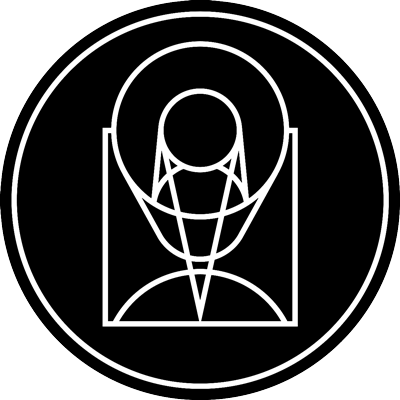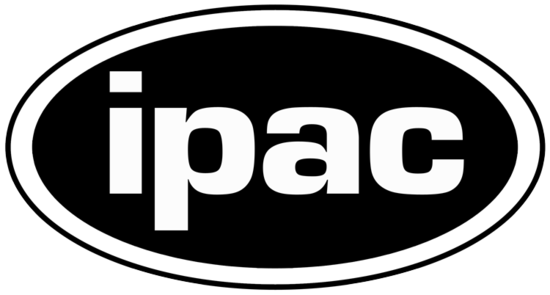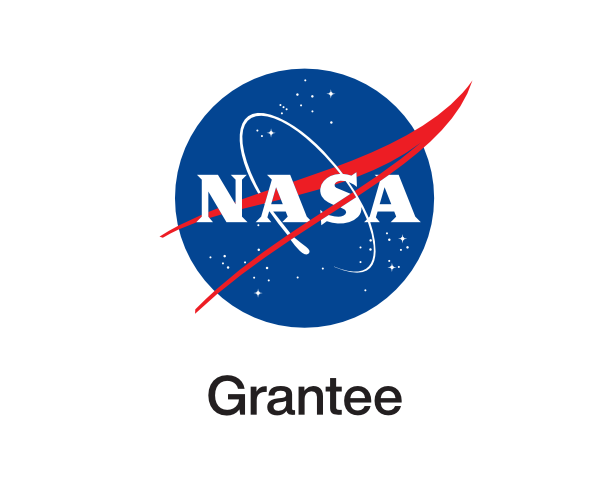Capturing candyfloss clouds

esahubble_potw2519a May 12th, 2025
Credit: ESA/Hubble & NASA, C. Murray
Today’s NASA/ESA Hubble Space Telescope Picture of the Week features a sparkling cloudscape from one of the Milky Way’s galactic neighbours, a dwarf galaxy called the Large Magellanic Cloud. Located 160 000 light-years away in the constellations Dorado and Mensa, the Large Magellanic Cloud is the largest of the Milky Way’s many small satellite galaxies. This view of dusty gas clouds in the Large Magellanic Cloud is possible thanks to Hubble’s cameras, such as the Wide Field Camera 3 (WFC3) that was used to collect the observations for this image. WFC3 is equipped with a variety of filters, each of which lets through only specific wavelengths, or colours, of light. This image combines observations made with five different filters, including some that capture ultraviolet and infrared light that the human eye cannot see. The wispy gas clouds in this image resemble brightly coloured candyfloss. When viewing such a vividly coloured cosmic scene, it is natural to wonder whether the colours are ‘real’. After all, Hubble, with its 2.4 metre-wide mirror and advanced scientific instruments, doesn’t bear resemblance to a typical camera! When image-processing specialists combine raw filtered data into a multi-coloured image like this one, they assign a colour to each filter. Visible-light observations are typically matched to the colour that the filter allows through. Shorter wavelengths of light such as ultraviolet are usually coloured blue or purple, while longer wavelengths like infrared are typically coloured red. This colour scheme closely represents reality while adding new information from the portions of the electromagnetic spectrum that humans cannot see. However, there are endless possible colour combinations that can be employed to achieve an especially aesthetically pleasing or scientifically insightful image. [Image Description: A part of a nebula in space. It is made of layers of gas and dust clouds in different colours, from blue and green shades to pink, red and black, indicating light emitted by different molecules. The background cloud layers are thicker and puffier, though still translucent, and the upper layers are thin and bright at the edges. Behind the clouds are very many small, mostly orange and some blue, stars.] Links Pan video: LMC 56
Provider: Hubble Space Telescope | ESA
Image Source: https://esahubble.org/images/potw2519a/
Curator: ESA/Hubble, Baltimore, MD, United States
Image Use Policy: Creative Commons Attribution 4.0 International License

- ID
- potw2519a
- Subject Category
- Subject Name
- Credits
- ESA/Hubble & NASA, C. Murray
- Release Date
- 2025-05-12T06:00:00
- Lightyears
- Redshift
- Reference Url
- https://esahubble.org/images/potw2519a/
- Type
- Observation
- Image Quality
- Distance Notes
- Facility
- Hubble Space Telescope, Hubble Space Telescope, Hubble Space Telescope, Hubble Space Telescope, Hubble Space Telescope
- Instrument
- WFC3, WFC3, WFC3, WFC3, WFC3
- Color Assignment
- Blue, Green, Orange, Red, Red
- Band
- Optical, Optical, Optical, Infrared, Infrared
- Bandpass
- U, g, I, YJ, H
- Central Wavelength
- 336, 475, 814, 1100, 1600
- Start Time
- Integration Time
- Dataset ID
- None, None, None, None, None
- Notes
- Coordinate Frame
- ICRS
- Equinox
- J2000
- Reference Value
- 84.59486865293506, -69.1626202809955
- Reference Dimension
- 4016.0, 4015.0
- Reference Pixel
- 2008.0, 2007.5
- Scale
- -1.0994349498273845e-05, 1.0994349498273845e-05
- Rotation
- -100.74000000000005
- Coordinate System Projection:
- TAN
- Quality
- Full
- FITS Header
- Notes
- Creator (Curator)
- ESA/Hubble
- URL
- https://esahubble.org
- Name
- Telephone
- Address
- ESA Office, Space Telescope Science Institute, 3700 San Martin Dr
- City
- Baltimore
- State/Province
- MD
- Postal Code
- 21218
- Country
- United States
- Rights
- Creative Commons Attribution 4.0 International License
- Publisher
- ESA/Hubble
- Publisher ID
- esahubble
- Resource ID
- potw2519a
- Resource URL
- http://esahubble.org/media/archives/images/original/potw2519a.tif
- Related Resources
- Metadata Date
- 2025-05-19T16:30:00.288696
- Metadata Version
- 1.1
Detailed color mapping information coming soon...















